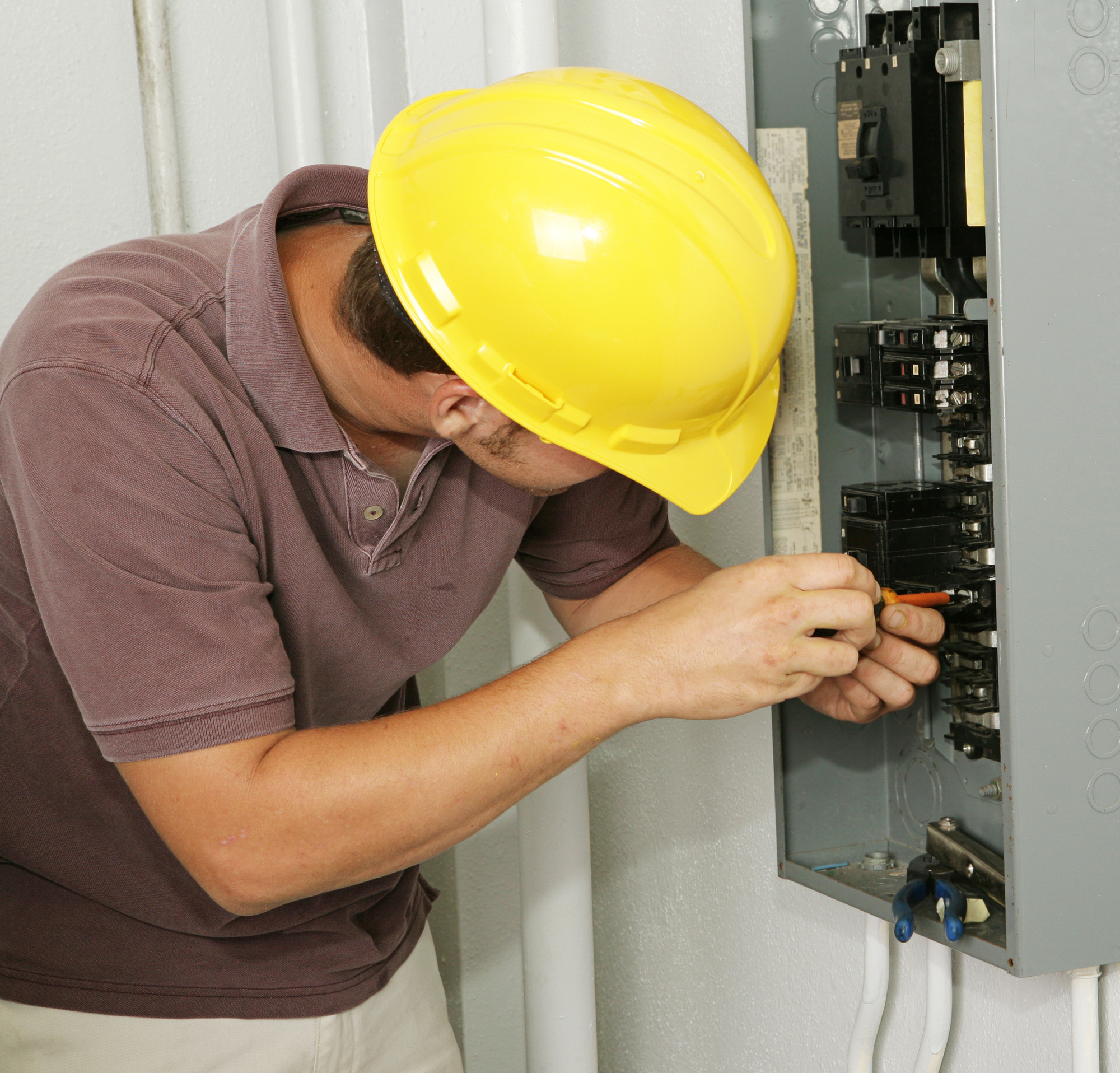Are you constantly flipping your home’s circuit breakers? Do you need more electrical outlets in your house? Are you planning a remodel or adding more appliances?
You may need a new electrical control panel. Control panels are essential for safe and reliable electricity in your home.
Learn more about control panels so you can choose the right one for your home.
What Are Control Panels?
Common names for electrical control panels include circuit breaker panels, fuse panels, and fuse boxes. The official term for what most modern homes have is an electrical service panel.
The control panel connects the external wires coming from the street to the internal wires of your home’s electrical system. It acts like a switchboard to send electricity where and when you need it in your home.
Types of Control Panels
Residential electrical systems can have four different types of control panels. Each type has its own role in your power system.
Main Electrical Panel
The main breaker panel is the most common type of control panel. It regulates the electricity distribution throughout your home.
The main breaker has important safety features. Switches and disconnects secure the system when a risk of electrocution is present.
The disconnect can shut all the power off in an emergency or when you’re doing electrical work. Ground and bus bars in the main electrical panel prevent the circuits from overheating. The circuit breakers protect the circuits when a short happens.
Main Lug Panel
A main lug panel is similar to a main breaker panel. It doesn’t have a main breaker because the line wires run into the lugs. The main breaker for a lug panel is a separate disconnect at the meter.
Sub-Panels
Sub-panels are electrical panels that get power from the main panel on a dedicated circuit. Sub-panels provide electricity to a certain room or area in your home.
Sub-panels don’t have their own disconnects. They help distribute electricity, but they depend on the main electrical panel.
Transfer Switches
Transfer switches are a type of sub-panel. They transfer power from a generator into electrical power.
Manual transfer switches require that you start the generator and switch the electric load manually. Automatic transfer switches transfer to generator power automatically when an outage occurs.
What Makes a Good Control Panel?
The best panel for your home has the right control panel components and specifications to run efficiently and safely. The size of your home and the power needs of your household help determine what to look for. Electrical control panel builders can help you design the best unit for your home.
Enough Amperage
First, you need a main electrical panel with enough capacity. Older houses may still have 60-amp or 80-amp control panels. These panels don’t meet the needs of a modern home.
200-amp panels are the standard today. If you have equipment that needs a lot of electricity, like a home gym or hot tub, you may need a panel with more capacity.
Efficient Layout
A quality control panel will have a logical layout. Each component should have enough room for expansion. Labels should clearly identify what each component is.
Warranty
A warranty tells you that the brand or control panel builder stands behind their work. You know you can get help if an issue comes up later.
Look for a warranty on the control panel installation, too.
Choosing the Right Electrical Control Panel
Your home may need several types of control panels. Factors like the size of your home and your power needs are important to consider. You want a panel with enough amperage and quality construction.
The right electrical control panels make your home safer and more comfortable. An electrical industry professional can help you find the right control panel for your needs.
Was this article helpful? Check out the rest of our home improvement section for more great information.


